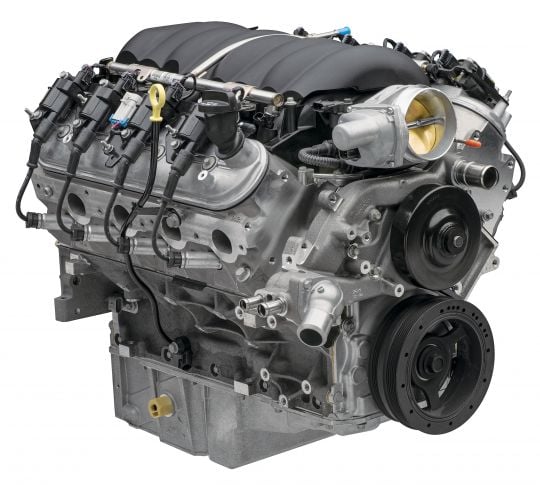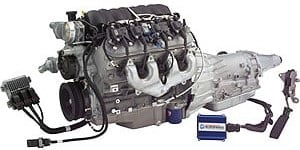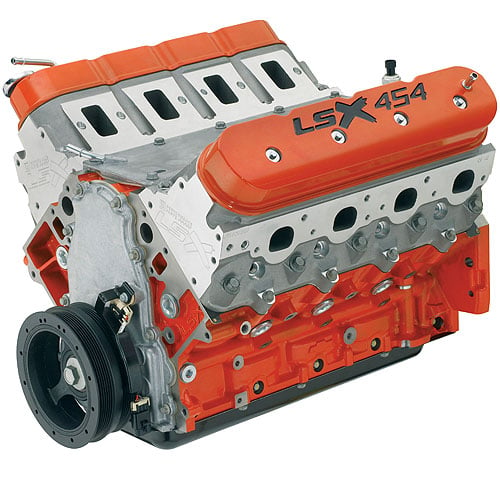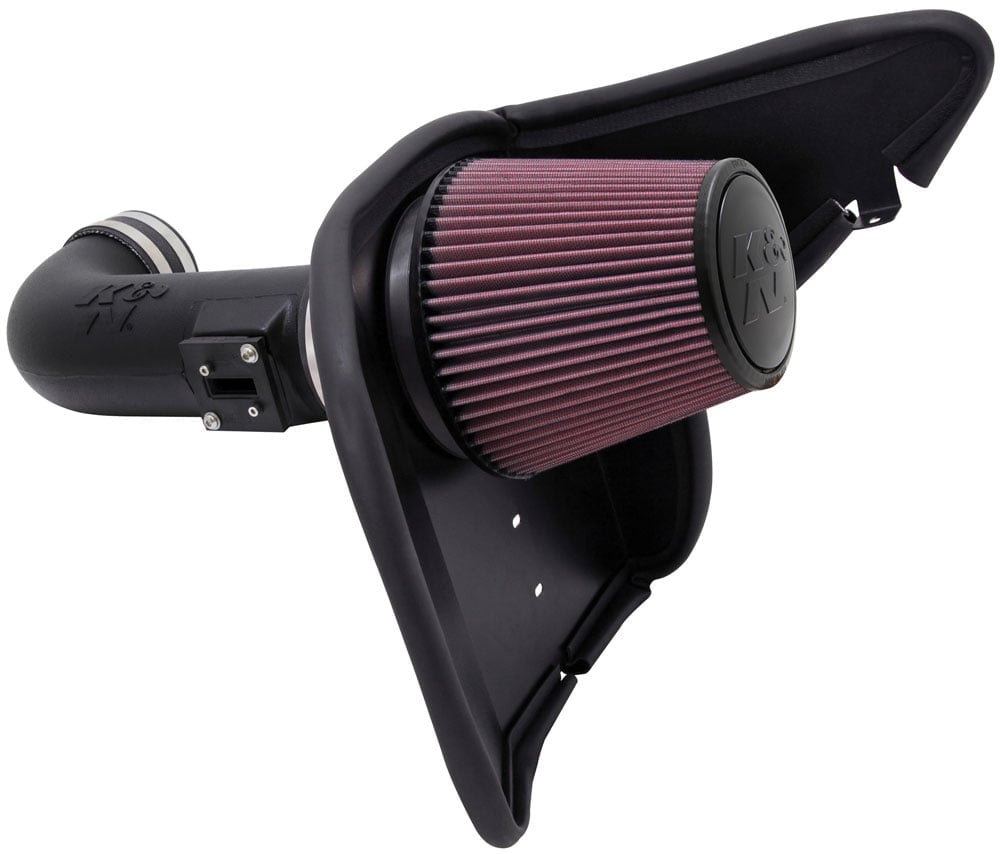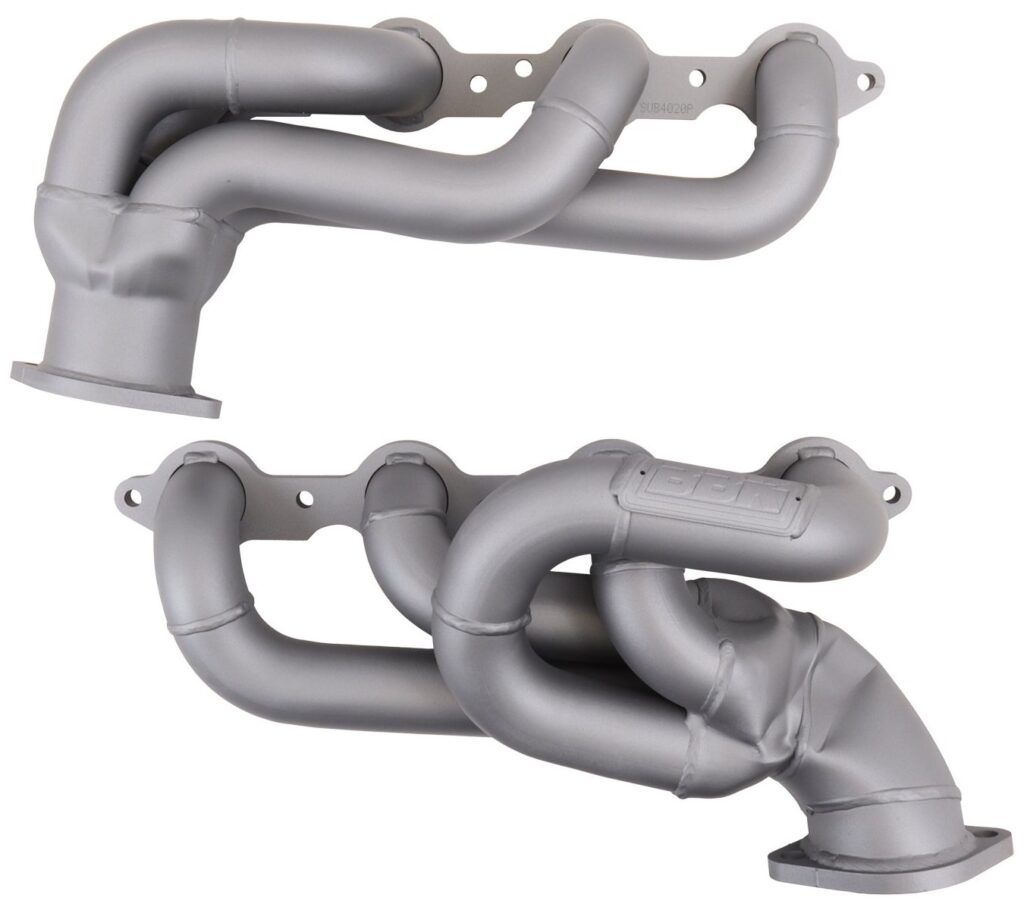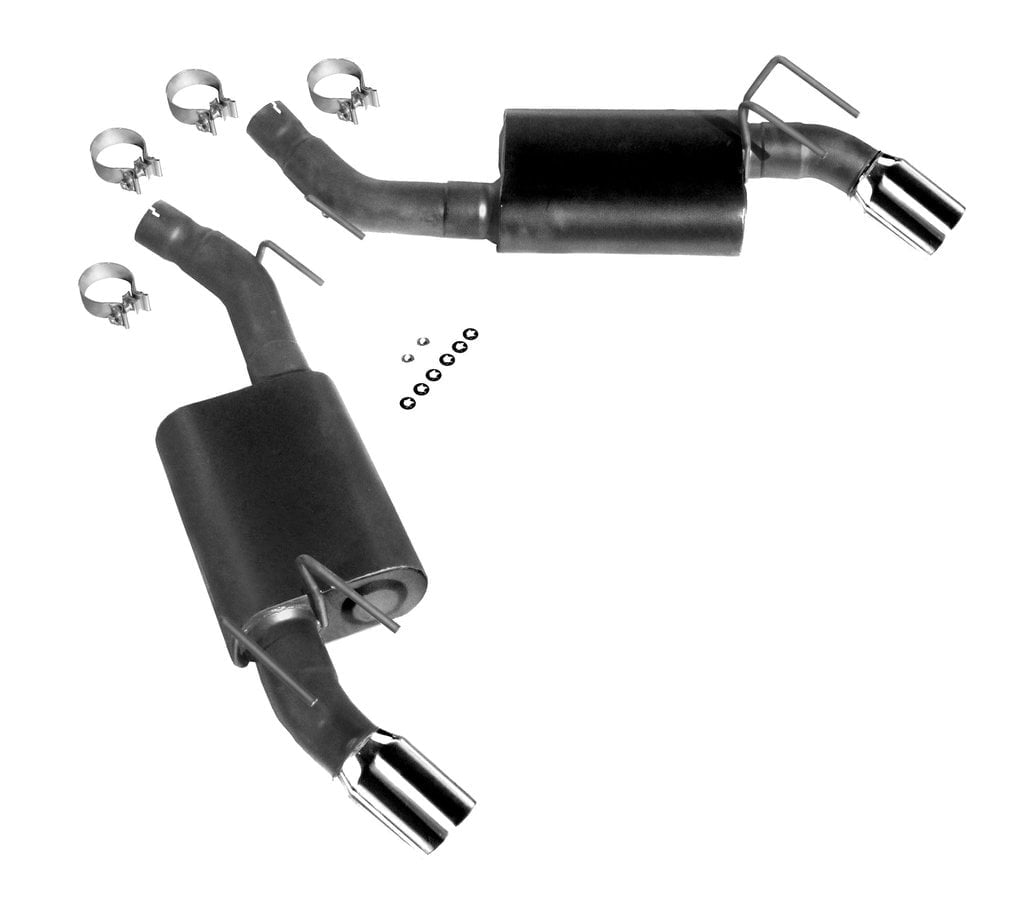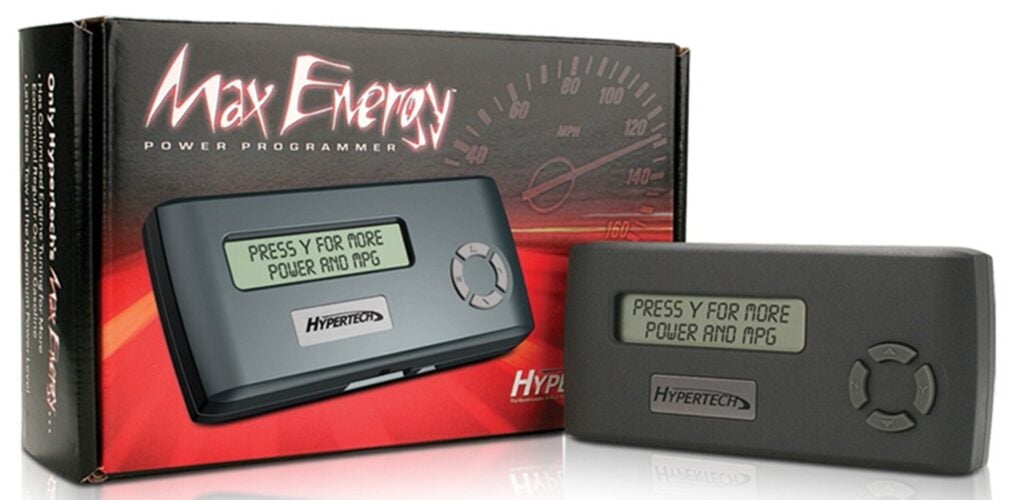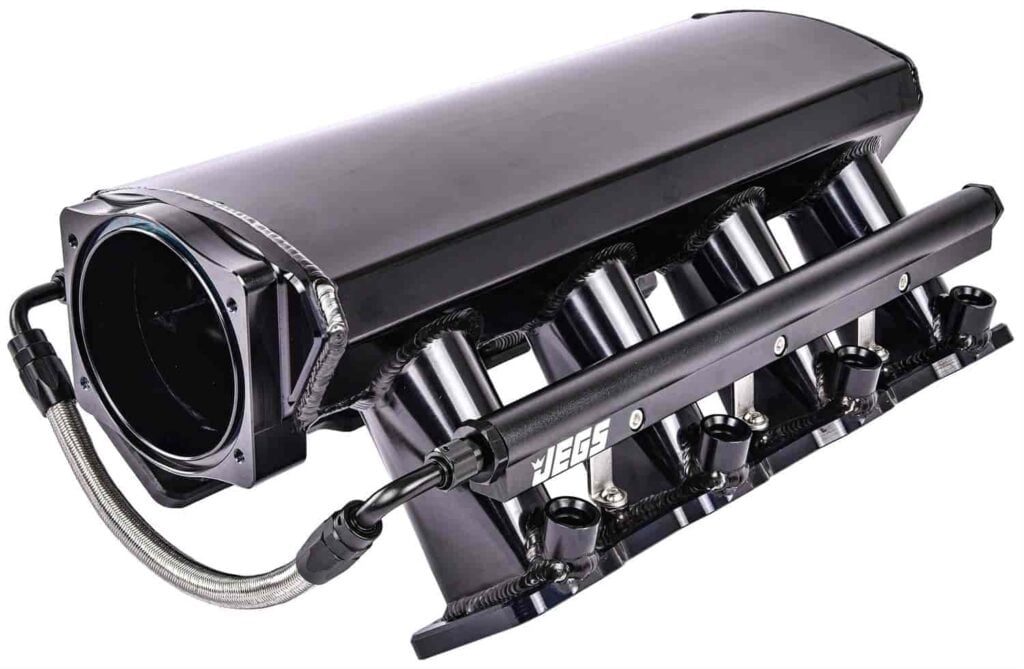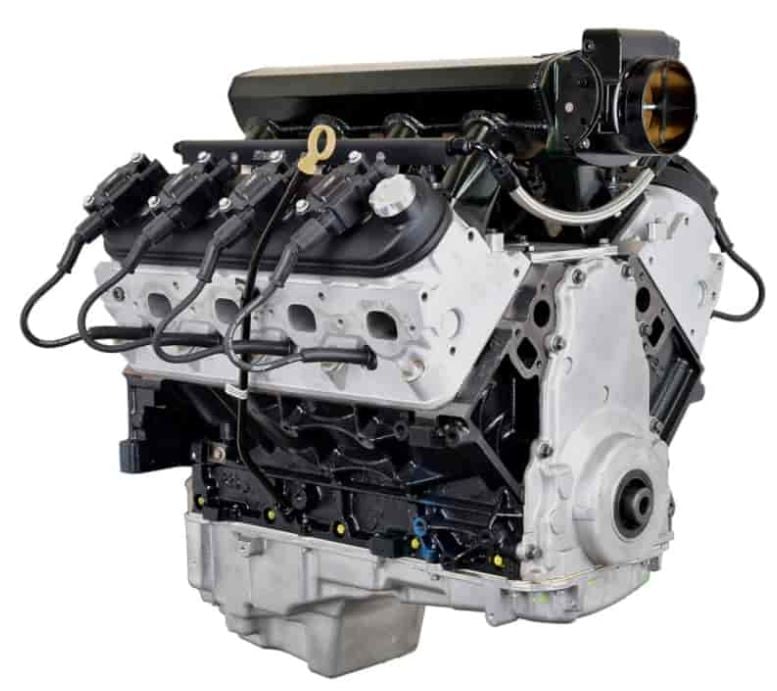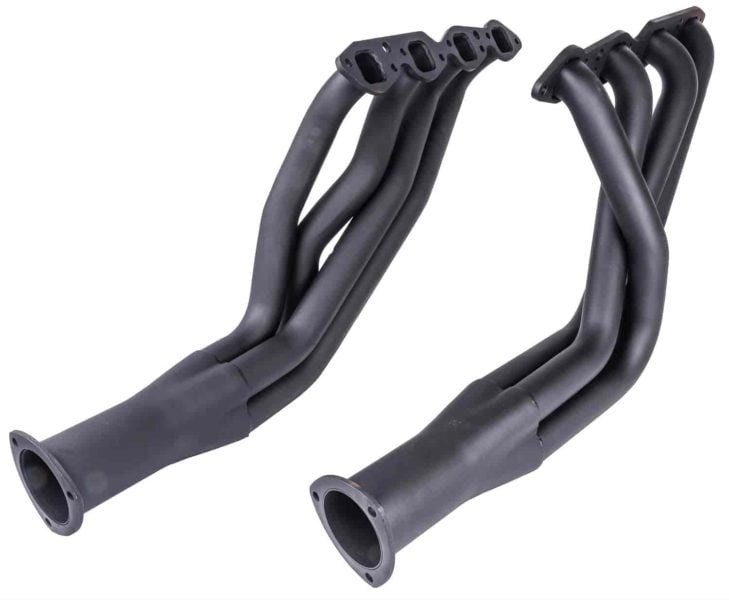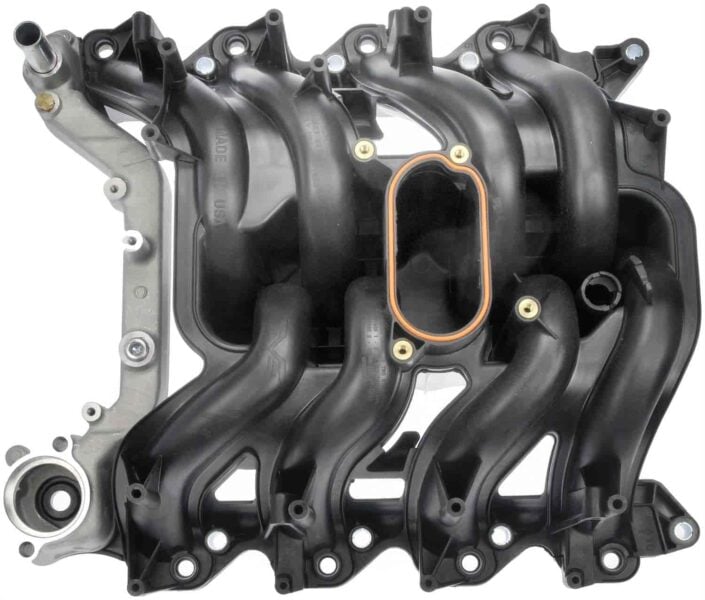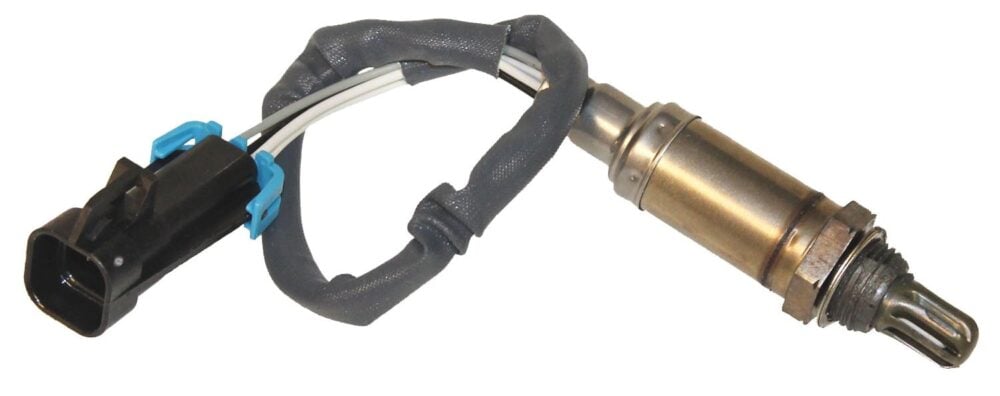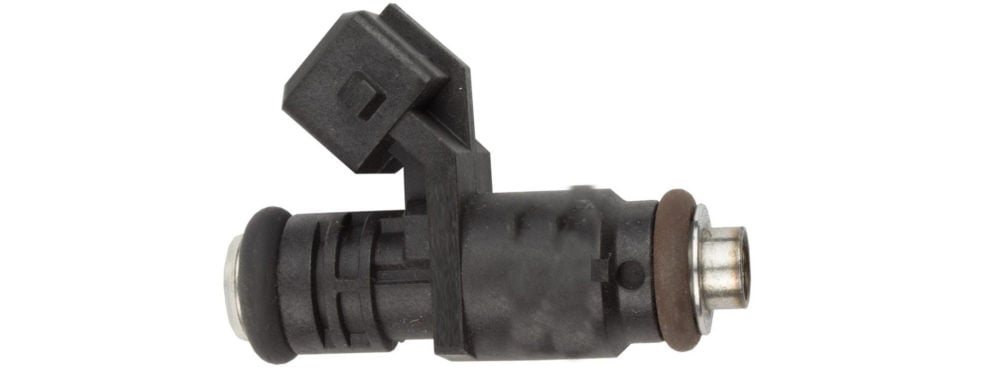Are you considering an LS engine swap for your custom project? One of the first choices you’ll need to make is whether to go with a Gen III or a Gen IV LS engine.
Both generations share a similar foundational design dating back to 1997, and are wildly popular today with gearheads and automotive enthusiasts for their robust build and extensive upgrade potential.
Still, there are some key differences that may sway your decision. Whether you're building a street machine, a track day car, or simply looking to breathe new life into an old classic, understanding how these engines differ will help you maximize your project’s potential.
Thankfully, this article covers everything you need to know about these GM small-block motors, allowing you to confidently choose the best option to match your performance goals.
Let’s get started.
Overview for Gen III/Gen IV LS Engine
General Motors' LS engine series first debuted in 1997 in the C5 Corvette, continuing the automaker's earlier Gen I and Gen II small-block designs.
The first LS engine, dubbed the Gen III LS, was produced from 1997 to 2007 and featured a 24x crankshaft trigger wheel and a cam sensor mounted at the rear of the camshaft. These engines were known for their robustness and versatility, offering a solid foundation for performance enhancements.
In 2005, GM started transitioning to the Gen IV LS engines, introducing key upgrades such as a 58x crank trigger wheel and relocating the cam sensor to the timing chain cover. These changes improved engine timing accuracy and overall performance.
The Gen IV engines also included advancements like Variable Valve Timing (VVT) and Active Fuel Management (AFM), later evolving into Dynamic Fuel Management (DFM). This allowed for improved fuel efficiency by enabling the engine to operate on fewer cylinders under certain conditions. It's important to consider these features when modifying your engine, as many enthusiasts opt to disable systems like AFM for consistent performance across all cylinders.
Both Gen III and Gen IV engines maintained the traditional small-block V8 configuration but with improvements in materials and design. They featured aluminum blocks and heads, deep skirt blocks with cross-bolted main caps, and advanced airflow systems.
This combination of legacy design elements and modern technological advancements made the LS series a popular choice for high-performance and custom automotive applications.
Gen III/Gen IV LS Engine Specs
While both the Gen III and Gen IV LS motor options make fantastic platforms for upgrades, there are some key differences you’ll want to take note of to ensure your performance goals are met.
Below we’ll detail how these engine’s specs differ:
- Horsepower and Torque: Gen III LS engines, such as the LS1 and LM7, typically deliver horsepower ranging from 305 to 350 and torque between 335 to 365 lb-ft. Gen IV engines, like the LS3 and LFA, extend this range, boasting 350 to 430 hp and 350 to 424 lb-ft of torque.
- Bore and Stroke: Gen III LS engines feature a bore range from 3.78 to 3.898 inches (96 to 99.0 mm) and a consistent stroke of 3.622 inches (92.0 mm). Gen IV engines maintain this stroke but extend the bore range to 4.065 inches (103.25 mm), contributing to their enhanced displacement and power capabilities.
- Engine Materials: Gen III and Gen IV engines use either cast iron or aluminum for the engine blocks and heads. The aluminum blocks are typically used in performance-focused models for their lighter weight and efficient heat dissipation, while cast iron blocks, found more commonly in truck variants, offer added durability and heat retention.
- Design Specifications: Both engine generations incorporate a deep-skirted block design with cross-bolted main caps, increasing block rigidity and durability. Their advanced airflow systems also contribute to improved power and efficiency.
5 Performance Upgrades for Gen III/Gen IV LS Engine
Now that you better understand the differences between the Gen III and Gen IV LS engines, let’s review the 5 best upgrades to consider for noticeable power gains:
- Add a Cold-Air Intake: Installing a cold-air intake is a simple and effective way of boosting engine performance. These mods work by drawing in cooler outside air, which is denser and contains more oxygen, leading to better engine combustion. Brands like K&N and Spectre offer kits specifically built for Gen III and Gen IV LS engine variants, providing an easy upgrade for improved efficiency and power.
- Install Performance Headers: Adding headers from respected brands like Hooker Headers or Borla can effectively reduce exhaust backpressure, allowing for better exhaust gas expulsion. This Gen 3 or Gen 4 LS engine upgrade enhances airflow, boosts horsepower, and optimizes overall performance.
- Opt for a Performance Exhaust: Installing a performance exhaust, such as those from MagnaFlow or Flowmaster, can greatly enhance engine efficiency and power. These systems allow exhaust gasses to exit more smoothly. Besides contributing to a more pronounced and aggressive exhaust note, they also increase both horsepower and torque.
- Performance Tune the Engine: Enhancing Gen 3 or Gen4 LS engines with a performance tuner, like the DiabloSport Predator 2, is an effective way to unlock more power. Tuners allows you to adjust various engine computer settings to optimize aspects like fuel efficiency, power output, and overall engine responsiveness. It's a straightforward upgrade that delivers noticeable improvements in performance.
- Upgrade the Intake Manifold and Throttle Body: Upgrading the intake manifold and throttle body on your Gen III or Gen IV LS engine can greatly enhance air flow and engine efficiency. A high-performance intake manifold, such as those from Edelbrock, optimizes air distribution to the cylinders, improving the air-fuel mix and combustion. Pairing this with a larger aftermarket throttle body, like those from BBK, further boosts air intake.
JEGS: For All Your Automotive Needs
That’s a wrap folks, a complete rundown on Gen III and Gen IV LS engine upgrades. No matter your choice, both LS motors make versatile and robust platforms for performance upgrades and are sure to result in some good times.
For all your automotive needs, consider JEGS, a leading supplier of performance auto parts. Browse our massive selection of parts online and have your products sent straight to your garage. Still have questions? Contact our team today.
